Context and Summary
In January I began a Master of Arts in Learning, Design, and Technology last month with Central Michigan University (you can follow my MALDT Progress here). The program is the first to include ISTE Certification (setting us up to be ready to apply at the end of our degree). In one of my classes I am taking 16 weeks to design (and redesign, and change, and tweak) one lesson really well. We are working through a design cycle as we create this lesson. This is a reflection of my first step - Empathy.
"Empathy is the foundation for a strong, human centered point of view, and a great design project demands a rich empathy experience."
I was noticing that my students were not always editing their work as well as I wanted them to be, if at all. I wanted to make this process more exciting for my grade 4 students. I wanted it to also be an authentic task that could happen from school or home, just like in the adult world of editing. I use the suggesting tool on Google Docs all of the time in the "real world." I also use it with my students, but have never asked them to try using it with each other. I like that the feature allows for suggestions, so the author can make decisions for themselves about whether or not to accept the change. The more I thought about the opportunities I have that are like this, the more I thought about the lack of opportunities they have for it.
I decided to create a place for students to submit a Docs version of their writing and ask for peer feedback/suggestions on editing using the 6+1 Traits of Writing by Ruth Culham. Students would use this database in two ways.
Process so far...
My Process for designing the Empathize portion of my lesson
First I created a “quick and dirty” design of the lesson. This included the creation of this Google Sheet for students to add a link to their writing to. I added columns for students to identify specifically what they would like feedback on, and when they would like the feedback by. Then I emailed teachers in grade 3 and 5 to see if anyone was using the same writing program as we are in Studio 4. None were really using it in the same way, but a few teachers did reach out as willing to have their students trial some editing with my and my students.
What I have learned so far...
As someone who likes to dive into things, I am learning that taking the design cycle slowly is beneficial for the end user. Of course it is not always possible to go this slow, but I am glad I chose a lesson that is something we come back to all year long. I am used to adapting and changing things based on user (student) feedback and needs, but have not really taken this amount of time before even talking to the kids about it. I am excited to get the Google Form out to at least my class and see what comes back from them.
I am thinking that consolidating their knowledge of the 6+1 Traits of Writing will be a good next step for my class. Seven traits is not always easy for a grade four student to remember off the top of their head. We have been working on the principles of design and visual literacy, so creating posters or videos about the traits could be a great way to tie these things in. I am looking forward to the next step of the design process: Define. This will help me create some goals and consider the gaps my students need support with.
3 Comments
As I have mentioned many times in this course, the Studio 4 teaching team is extremely collaborative. Because of this, I was having some delays in brainstorming options for my course 5 project. I have chosen two and outlined them below. Hopefully some readers can provide me with some feedback and suggestions. I also begin my Masters in January, a Master of Arts in Learning, Design, and Technology with Central Michigan University. So it will definitely be a busy time, but full of learning.
Overview - explicitly a 3 week unit about visual media and media representation with a focus on the concepts of purpose and audience. The purpose of this is to prepare students with skills for the later units, Sharing the Planet (STP) and possibly How We Organise Ourselves (HWOO). Knowing how to create infographics and use CARP in different apps and websites will be useful for them in these units.
What will your students be able to do? Create visually appealing media in multiple digital forms - infographics, presentations, etc. using different tools - Keynote, Canva, Sketches School, etc. for different audiences and different purposes What will they understand? Media has a purpose and an audience. Creating for an audience has some consistent rules, no matter what tool you are using. Personal styles still apply. What skills will they build? Creating, perspective, communication What ISTE Standards for Students will you prioritize? Creative Communicator - 6a, 6b, 6c, 6d, and some of Innovative Designer when we get to the STP part of the unit
Overview - all 5 atl skill areas - students reflect on strengths, weaknesses, create goals, lead workshops, etc - CAR Times
What will your students be able to do? Reflect on and lead workshops on IBPYP ATL skills, set goals for themselves and work towards these goals themselves and help others reach their goals What will they understand? How ATL skills help us with life What skills will they build? Thinking skills, research skills, communication skills, social skills, self-management skills What ISTE Standards for Students will you prioritize? 1C, 3D?, 6A, 6D,
Which would you like to see developed? If you have done COETAIL before, what would you suggest?
This week I have decided to dive deeply into one of the many resources we were provided with for the week. I am really interested in things like Challenge Based Learning, Project Based Learning, Design Thinking, and Game Based Learning, however, I was drawn to this one infographic from New Pedagogies for Deep Learning the most. All images are theirs.
Because of this, my idea for this post is to use each section of the infographic and relate it to Studio 4 / my situation. I am actually going to start at the bottom of the infographic with general connections to Studio 4. Then I will look at the 6 C's and link some old blog posts of mine that fit with each of them. Some of these links will be from ISHCMC Studio 4, some will be from my grade 3 ISBerne class (when I was first experimenting with agency more), and some will be old COETAIL posts. New Pedagogies That Foster Deep Learning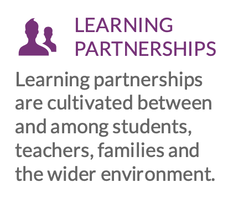
Partnerships are important in Studio 4. The students have a good chunk of their week given over to them to plan and implement strategies to work towards their goals. Without strong partnerships with their teachers and family members, this would not be possible. Their learning goals are shared on Seesaw each week, along with daily reflections and evidence of their learning. This keeps them accountable to more than one person.
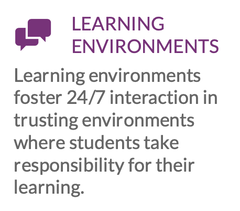
In addition to the notes above, Studio 4 is physically an awesome learning environment. We have 6 classrooms that are connected by huge sliding walls and doors. We have whiteboard space and paint galore, and a variety of working spaces. My classroom only has two tables in it, and usually only one is in use. Students prefer sitting on the floor using personal mini-desks, or lounging on benches/sofa areas to complete their work.
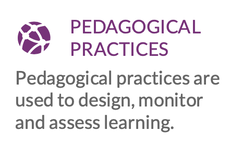
The teachers and assistants in Studio 4 are always flexible. We are continually monitoring whether something is working for the students in front of us or not. Do we need to pivot? Can the students persevere? Should they? Why? How can we help them succeed right now? Flexibility and open-mindedness are important.
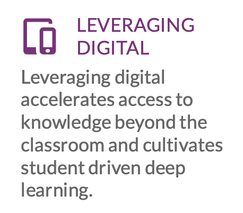
Students have 1:1 access to iPads and some iMacs. This means that authentic learning can take place when and as needed. Apps are used for knowledge enhancement/reach, sharing and collaborating. Consistent internet safety and tips for productivity is modeled, and creativity shines in the ways that students can communicate their new understandings.
Six Deep Learning Competencies to be a Deep Learner
Note: Some of these links may be weak connections to what they are talking about, but I feel that the activities and actions that happened within them relate to the competency.

- (we definitely have a unit incorporating this coming up. We planned it last year and could not implement due to COVID restrictions).


- Personalising Understanding with Multi-Modal Learning
- HWEO/WWA in Studio 4 -Making Student Agency Visible with GoogleEDU 
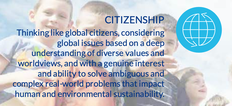

From looking at this balance of blog posts, my gut can see where we might need to focus a little more on. Of course, it doesn't mean that it isn't happening... maybe I was just not inspired enough to blog about it. Communication and Collaboration seem to have a larger balance of posts written about them.
How do you think your grade level/subject area does with these competencies? Do you have any blog post links you can point me towards for the ones I am lacking in?
Courage. Failure. Shame. Vulnerability.
Listening to Brene Brown is always thought-provoking. It reminds me that stripping the classroom to basic human need and interaction is necessary. That teaching some sort of social emotional lessons are vital. In Studio 4, we are grateful to have the first and last period of the day set aside to be with the homeroom teacher. We all know in our hearts that this is the best situation for students. But some schools do not make this a priority when creating timetables. Our school is large, and we are very thankful that this timetabling has been carefully organised for us. In Studio 4, we call this time "C.A.R. Time." C.A.R. stands for Choose, Act, Reflect - the Action Cycle which is outlined by the IBO in Making the PYP Happen. These times not only allow for meaningful planning and reflection to happen in a timely manner, but also create space for us to connect with our classes. Since Studio 4 have the opportunity to learn from many experts and teachers, these times are precious. I am now thinking about how I can infuse the words of Brene Brown into these times a little more. Courage ISHCMC teachers are possibly the most courageous teachers I have ever worked with. They are not afraid to talk about "what if..." or "why" of an activity or a new idea. How can I create this same environment for my students? It makes me wonder if some tasks are still too structured, even if the "how" is open. Does having an end point, or a backwards designed unit even, create too much of a non-risk-taking environment? I have had these thoughts before, which you can read here if you are interested. Failure I have noticed during my time in Vietnam, that even though my students are at a fairly progressive school, they are afraid to fail. They are afraid to have nothing on their page in a pre-assessment. They are afraid to get an answer wrong. They are afraid to show their work, and most times will only show me their final answer/product. I am not positive about where this comes from, but a lot of them do go to after school learning centers with very different pedagogies than ISHCMC. How can we work even harder to break these barriers? We definitely try. Could using design thinking help us with this? Applying cyclical understanding to multiple subjects, including ones that are a little more cut and dry, like math? Do "final" post assessments hinder this cyclical process? hmmm.... Shame In C.A.R. Time, choice words is something that often comes up. Choice words is one of our pillars from Cultures of Achievement that we use school-wide. It is important that students understand that this really also applies to self-talk. The words you choose to say and think about yourself affect who you are as a person, and how you behave with others. Even though this comes up a lot, and the students know what to say as "the right answer" when we are talking about this... how deep is this understanding? Are they actually putting this into action or are they just talking about it? Vulnerability One quote this reminds me of is "no secret teacher business" from the origins of Studio 5. It may not link 100% but it definitely makes me think about it. Being vulnerable and open with students is important. It is their learning - can we model vulnerability by showing them that sometimes we are unsure? That sometimes we don't agree with the things we need to do, but we need to do them anyways? That sometimes we are taking risks, and if we need to pivot, we will? My hope is that by speaking these thought processes out loud with students, we are modeling vulnerability. We don't always have the answers. We don't always know where things will lead. We might fail. My hope is that C.A.R. Time is a time for deep reflection - both about students' learning and social-emotional needs. My hope is that by learning about these concepts, they will become better humans moving forward into the future. More confident. More courageous. More vulnerable. Failing more. And learning to grow from all of these experiences. 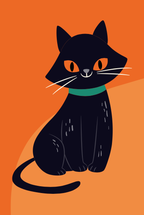 CREDITS: Slidesgo, Flaticon, Freepik. CREDITS: Slidesgo, Flaticon, Freepik.
Okay. I'll admit it. These collaborative projects in course 2 and 3 have been hard for me. Along with everything else Covid related, collaborating with educators in different time zones is hard. Collaborating with educators in different subject areas, curriculums, and grade levels is hard. Creating one unit together that feels authentic to everyone on the team is... more than hard.
BUT... something clicked for me part way through this unit (I think being on vacation may have helped with that!!!)... what if, within this unit... our students were actually global collaborators? What if, to make it authentic for all three of us creating this unit, all of our classes were actually involved? That was the moment things started to flow... I worked with Simona and Melanie on a unit about Halloween. I used my new favourite, Slidesgo to create the slide deck and things just started flowing! Basically, Simona and Melanie's classes were to create the content about Halloween, and then at the end of the unit (next week) my grade 4 class will be the audience and give them feedback. My class are already talking about audience, purpose, and effectiveness, so it will be a great (and fun!) task for them next week. Here is a link to the slides which show our lesson progression. Each lesson is clearly outlined with steps, learning outcomes, ISTE standards, and content standards.
Why did you choose the option you chose?
For the three of us, choosing this option seemed like the best one at this time. My course 2 project was very time consuming with all of the videos as well as the booklet, and the three of us wanted something a little more "sit down and complete," if you will. It is a busy time of year and we all needed this space. Why did you choose this topic? These standards? I actually missed one of the collaboration meetings that ended up in this Halloween decision, but as soon as I saw it I loved it and was completely on board. The standards used fit the classes that will use each lesson. So some are Common Core, and then for my grade 4 lesson I just added in our central idea and lines of inquiry which fit nicely. How did you grow as a collaborator and facilitator during Course 3? As I mentioned above, I think it all clicked when I realized we could/should actually follow through and get our classes to globally collaborate. This is something I do not do a lot of in my class, so I am excited to get it started. How was this final project different from or similar to other learning experiences you have designed/facilitated? I was mainly feeding off of other people's needs and ideas. I took the lead on creating the slides because I felt like that was something I could do well, without interfering with the process my group members needed to go through for their own learners. I of course created the grade 4 lesson because it is for my class. How does this final project relate to what you learned in Course 3? Our final project includes the enduring understandings from course 3. The students create posters which focus on hierarchical design and CARP, they create infographics, and a presentation in the end. It is a lot of designing and creating on their end, and then they share it with the grade 4 audience. What has influenced you the most in Course 3 and how is that reflected in your final project? Slidesgo! It is no secret that I love it now! That might sound weird that it has influenced me the most, but it truly has changed how my slides are presented. What outcomes do you hope to see when students (or educators) complete this unit? How will you know that students (or educators) have learned the concepts? I hope they become better designers. I feel like this unit can be adapted to many ages, and I love sharing this passion for design with my classes. I hope that students will also understand the value in creating for an intended audience which is global and for a purpose. If you facilitated this experience, how did the learners respond to it? What feedback did you collect to inform future experiences? I have not facilitated my end of the experience yet, but have received some creations that I will be putting together for my students to view and give quick feedback on. Unit 1: My Why
January 21, 2020
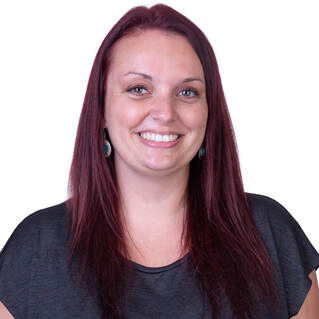
Hello COETAIL!
I am so excited to be on this journey with the Online 12 group. My name is Cindy Kaardal. I am originally from Vancouver Island, British Columbia, Canada. I am currently working Vietnam at the International School of Ho Chi Minh City (ISHCMC) in Studio 4 (grade 4 age). As you will find out, our studio is a little more open and collaborative than a traditional grade level. I am excited to share more about our students' voice, choice, and ownership with you. This is my 10th year teaching abroad, 9 of them in PYP schools. I have taught ICT as a stand alone subject, been in the PYP classrooms as a homeroom teacher, been head of computing curriculum and ICT departments for primary, and been PYP Coordinator. I am an Apple Distinguished Educator (Class of 2019) and a Google Certified Educator Level 2. I decided on COETAIL as my next journey of professional development because of all of the amazing feedback from the fantastic educators around the world I have been speaking to. After reading the course descriptions I was pretty much sold! Please connect with me on Twitter at @innovative_inq. Unit 2: My Communities
January 21, 2020
I already feel so grateful for the communities I am connected with.
Joining Twitter has shaped who I am as a teacher an incredible amount. The inspiration I have received from amazing educators all over the world helped me with my PYP Coordinator post, and really redefined my role in the classroom. I started writing a blog around the same time. This reflective process was also a game changer for me. People outside of my own school were inspired by what I was doing, and writing it down was helping me process the impact of what I was doing in my classroom and with my teaching team. The community at my school, ISHCMC, is also amazing. Every day I am still amazed at how professional our teachers are. How much they care. How open they are to try new things. How much they are willing to share with me and anyone who asks. Visitors are constantly walking through our school to see the innovations we are putting in place. Bouncing ideas off of these educators is invaluable. I have recently officially joined the Apple Distinguished Educators community. Woah, family! Not only is it of course an impactful online experience (again, reflecting!) but in person... these educators are phenomenal. Every time I meet with them I am inspired again. A.MAZ.ING. And of course, my "watch this space" section with COETAIL! I have heard many great things about this program and am excited to get going! Unit 5: My Learning Goals
The ISTE standards have been on my mind a lot lately. I am on a committee at my school to look at IT "curriculum" school-wide and. we are using ISTE standards to help guide us.
I have decided to focus on two strands for my COETAIL journey. One specifically for the students in Studio 4 and one for my reach to other teachers in my school.
The Designer strand immediately speaks to me. I love creating structures and organisers to guide students along with their goals, as well as experimenting with the learning environment to try to accommodate as many students needs as possible. The breakdown of this strand aligns with other goals I have made this year with Cognita's Let's Talk program and with some professional development I have taken this year about self-regulated learners.
My goal for the designer strand is: To provide a variety of learning engagements for individual, collaborative, and small groups, suited to help students meet their learning goals. This is also my Cognita Let's Talk goal for Teaching and Learning (The Student Experience). ISTE has influenced this goal by focusing on the learner's differences and needs. The Empowered Learner strand is also relevant here, as students work towards indivudual goals and find learning experiences that work for them. This will impact my teaching and learning day to day by: rethinking about provocations for students to assist them. I foresee making adaptations to my student's planners throughout the process, and will focus on bringing new ideas to my team. I will seek support from my Studio 4 team (ISHCMC), my team leader (Paul Cheevers), my PYP Coordinator (Tania Mansfield), and my PLN on Twitter and with COETAIL.
I chose the Leader strand for my reach beyond my students. I am helping our Tech Integrator with some teacher training sessions and am on the IT committee for cross-school alignment.
My goal for the designer strand is: To use my strengths as an ADE to increase staff and student convidence and creativity in using Apple products. This is also my Cognita Let's Talk goal for Contribution Outside of the Classroom. ISTE has influenced this goal by focusing on the importance of leadership. Supporting student empowerment and success is important to me, and I want to help students and educators in doing this with a shared vision. Technology can aid this without being an add on, but by making things easier and more seamless. Modeling this is important. This will impact my teaching and learning day to day by: seeking opportunities for me to help people around me. I will focus on a shared vision of ISHCMC, advocate for equitable access, and model a variety of tools that can support learning. I will seek support from my tech integrator (Kyle Sumrow), fellow ISHCMC colleagues, and ADEs I am inspired by. The COETAIL Certificate I am aiming for is non-credit. I already have the things I need to apply for Google Education Trainer if I want to at the end. |
Cindy KaardalThis blog page is specifically for my COETAIL blog posts. Archives
April 2021
Categories
All
|
Proudly powered by Weebly
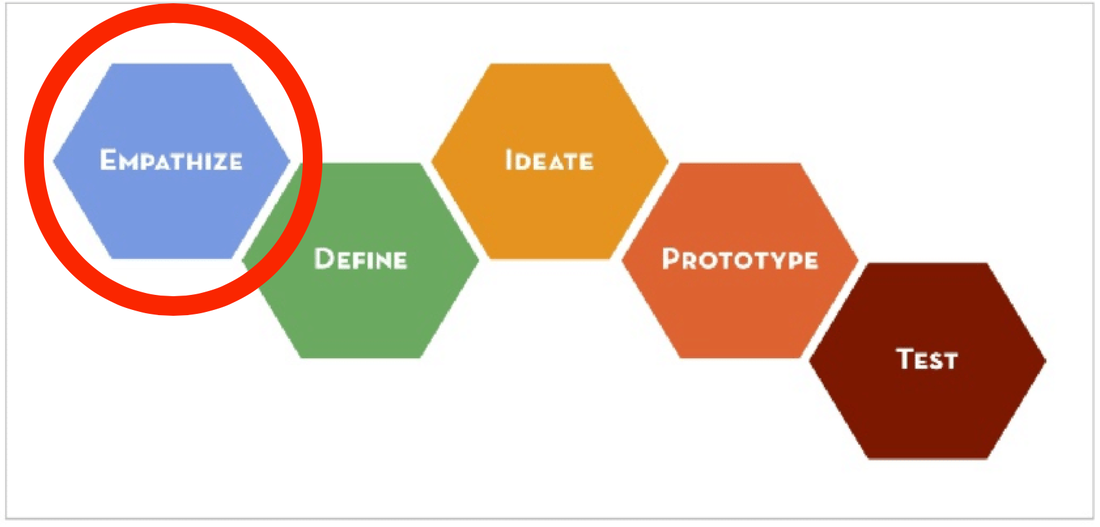
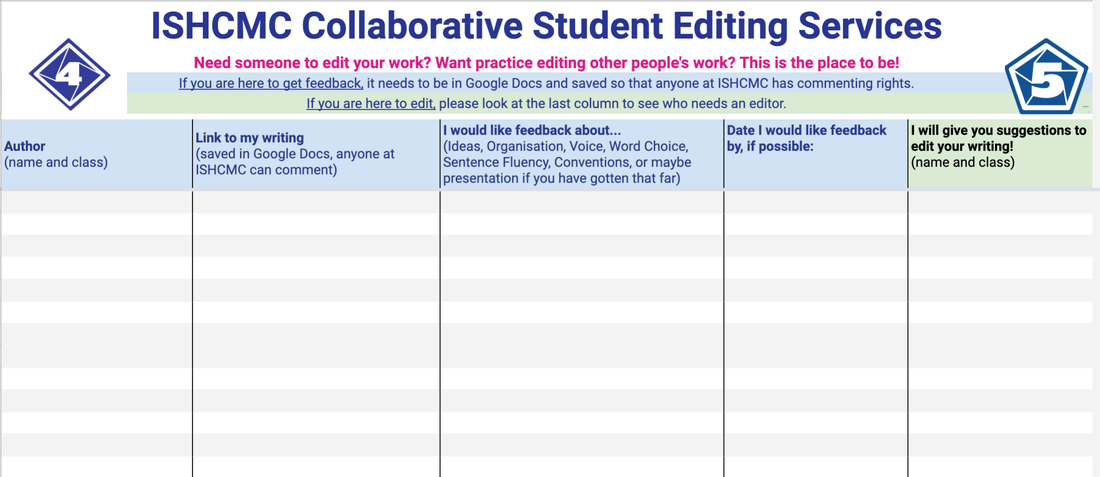
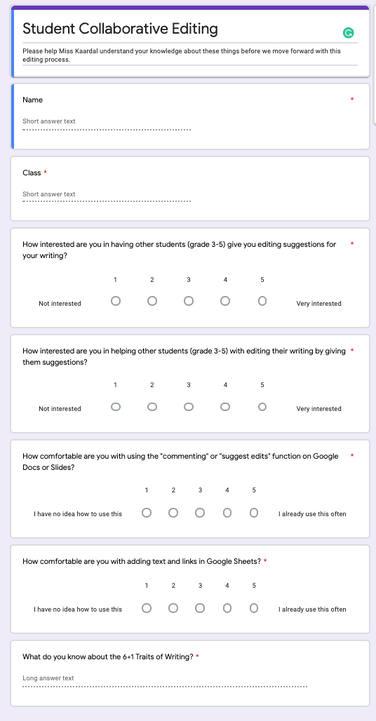
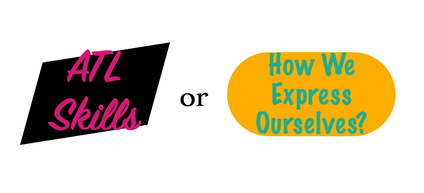

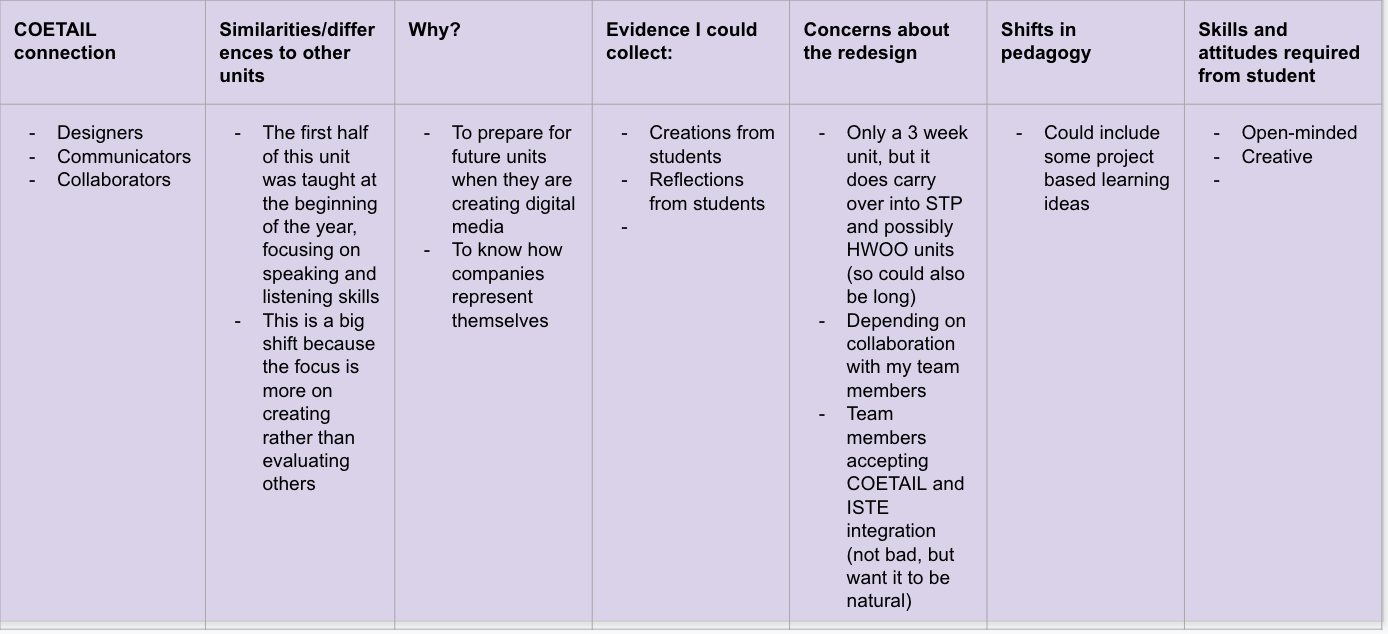

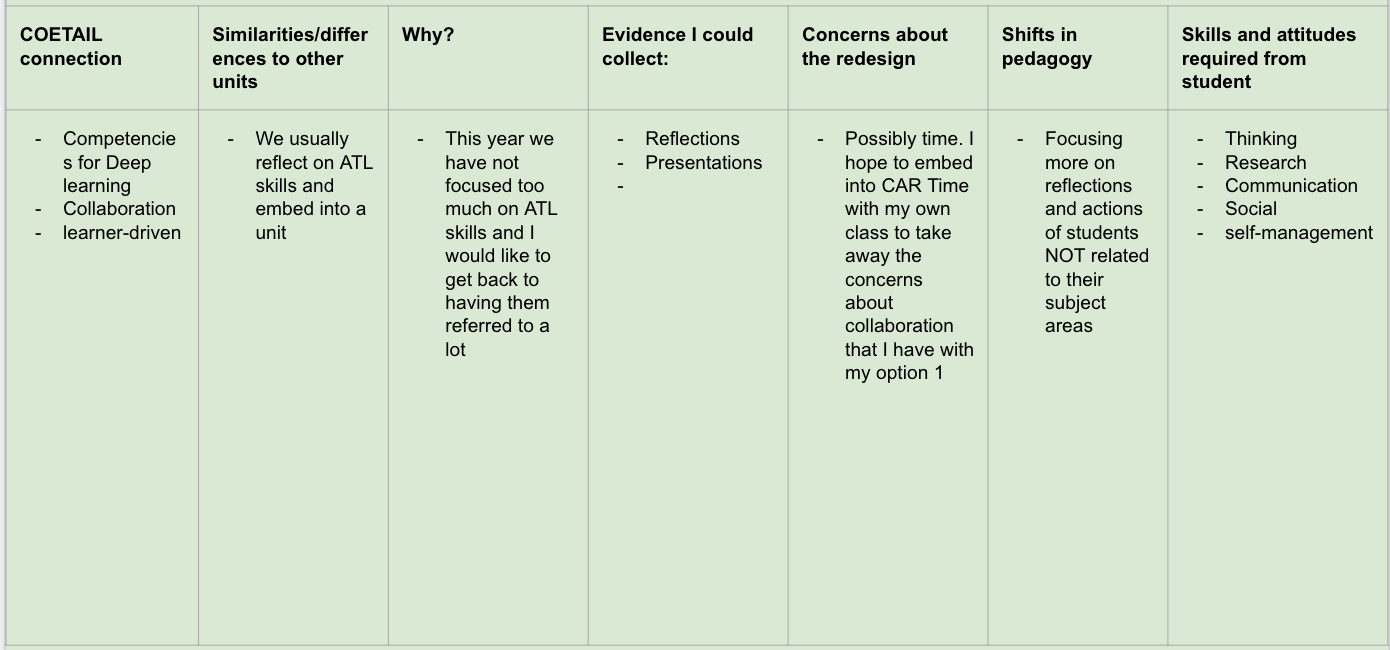
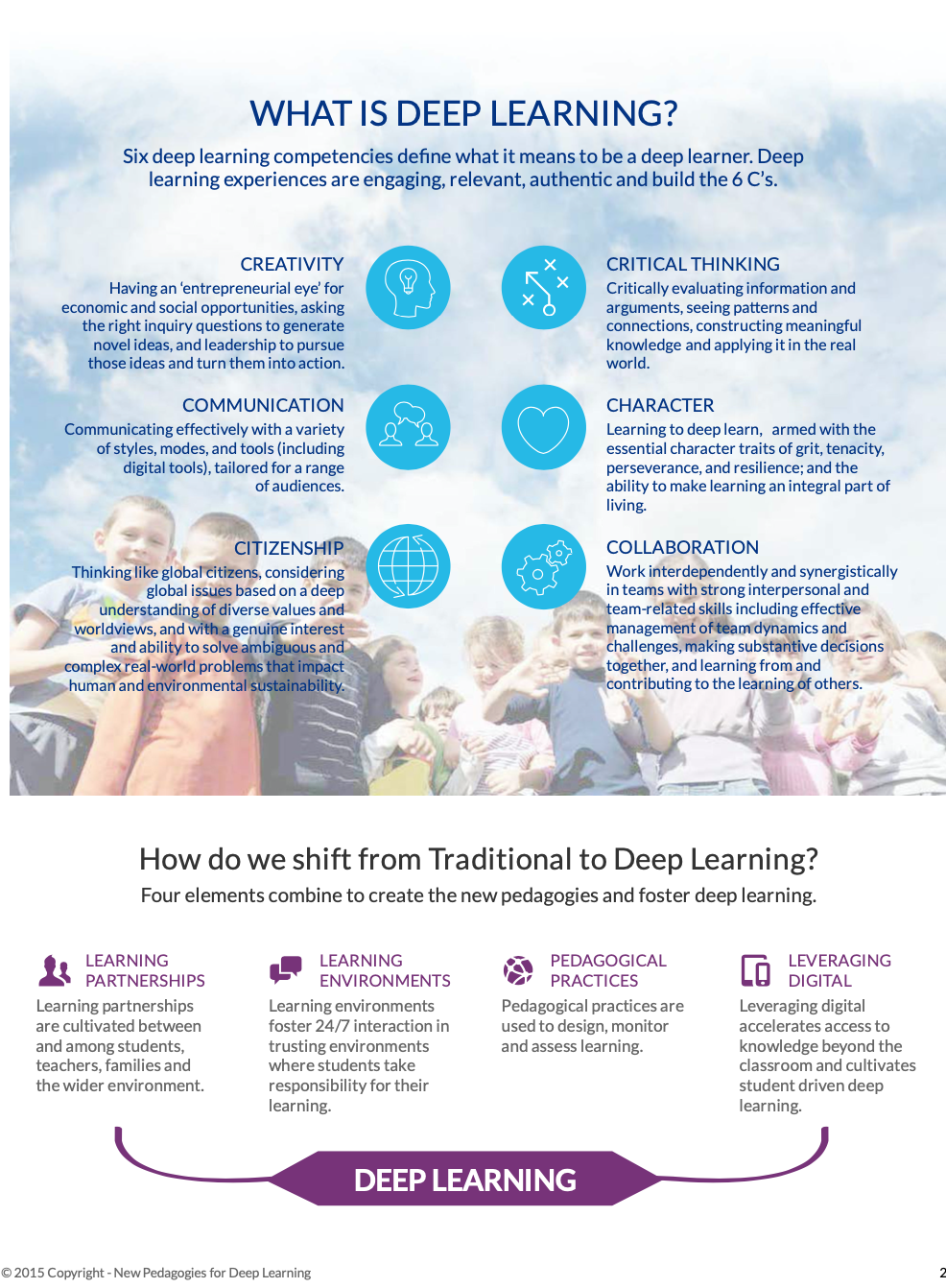
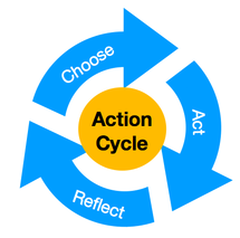
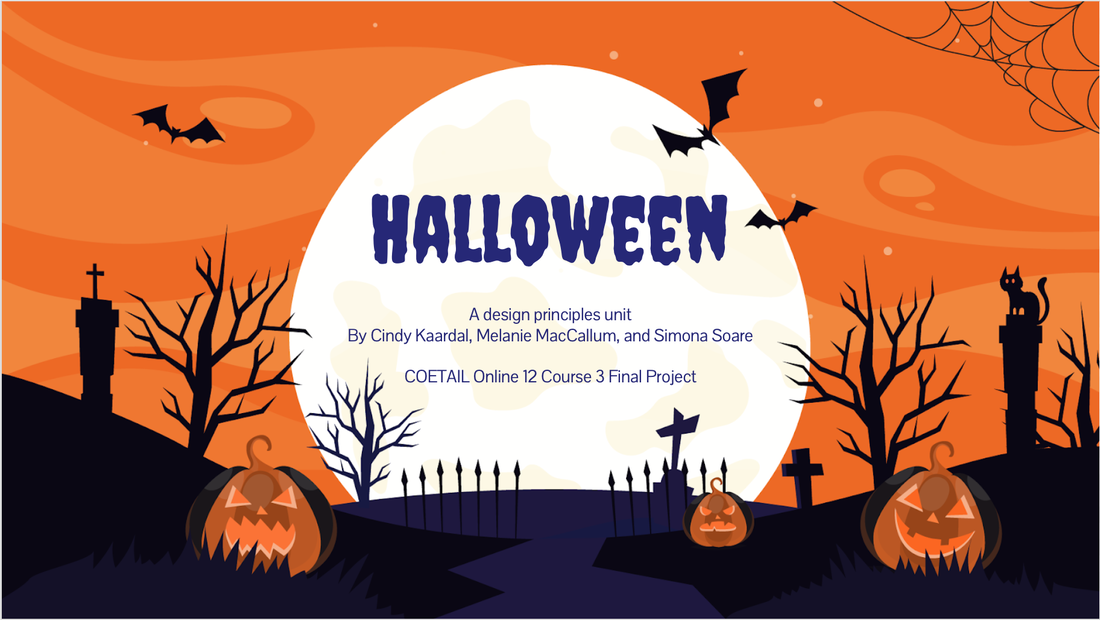
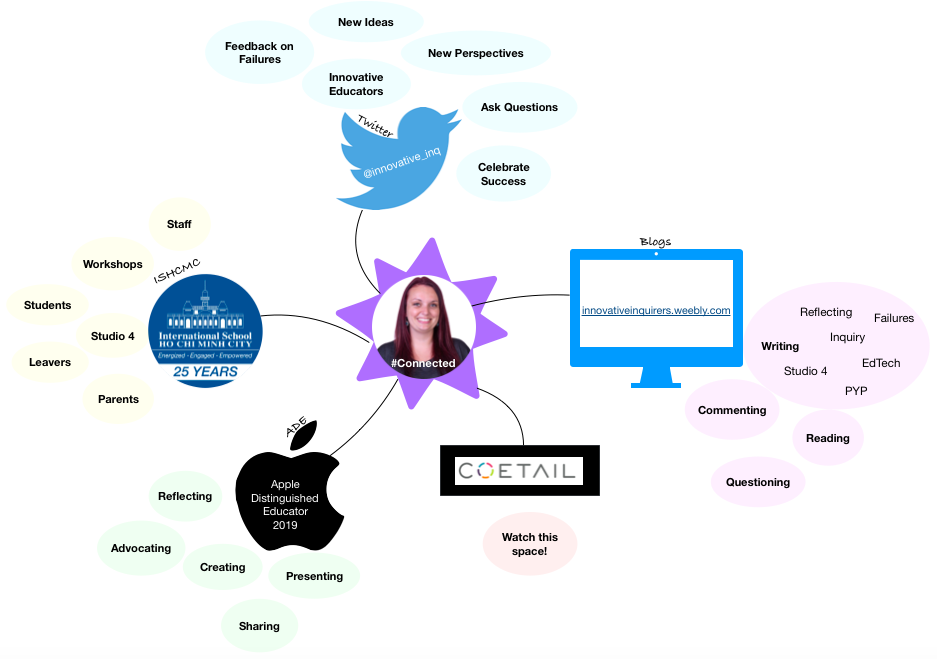


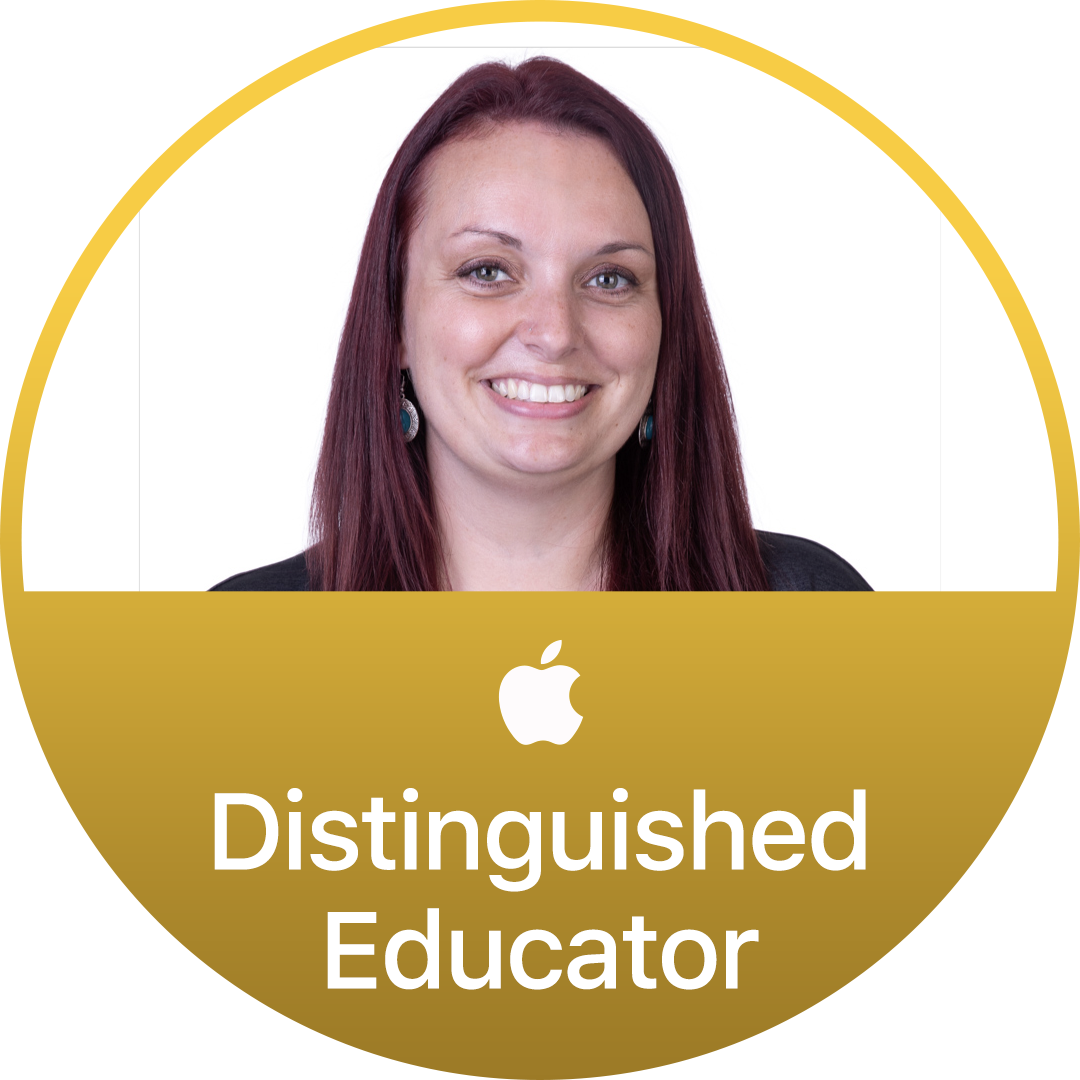
 RSS Feed
RSS Feed